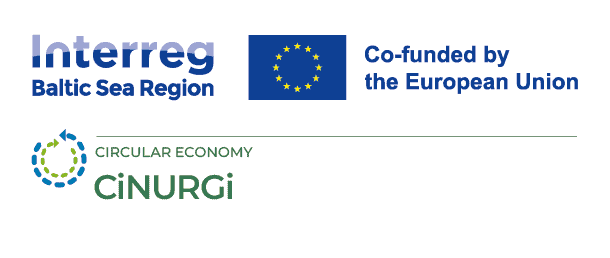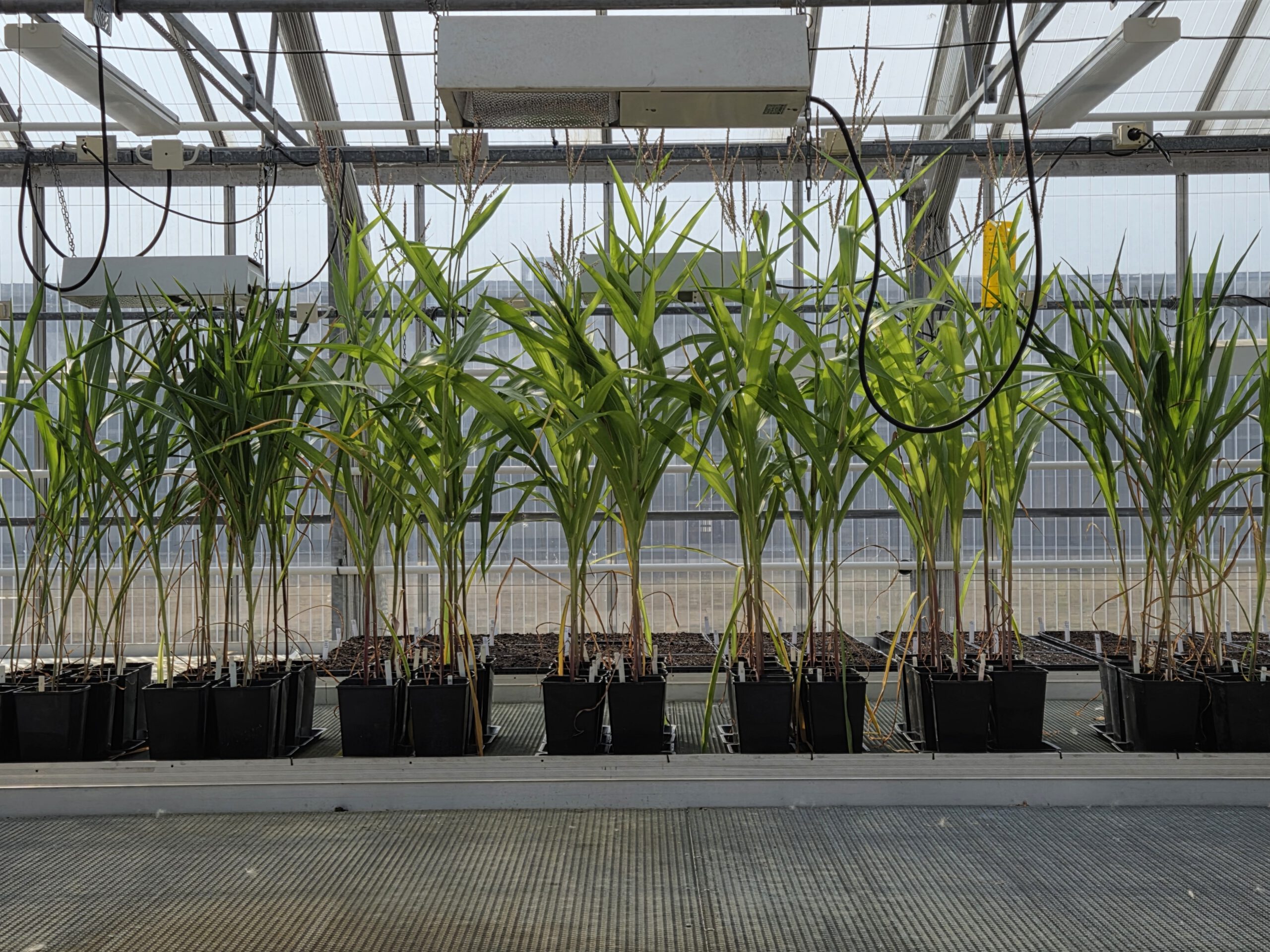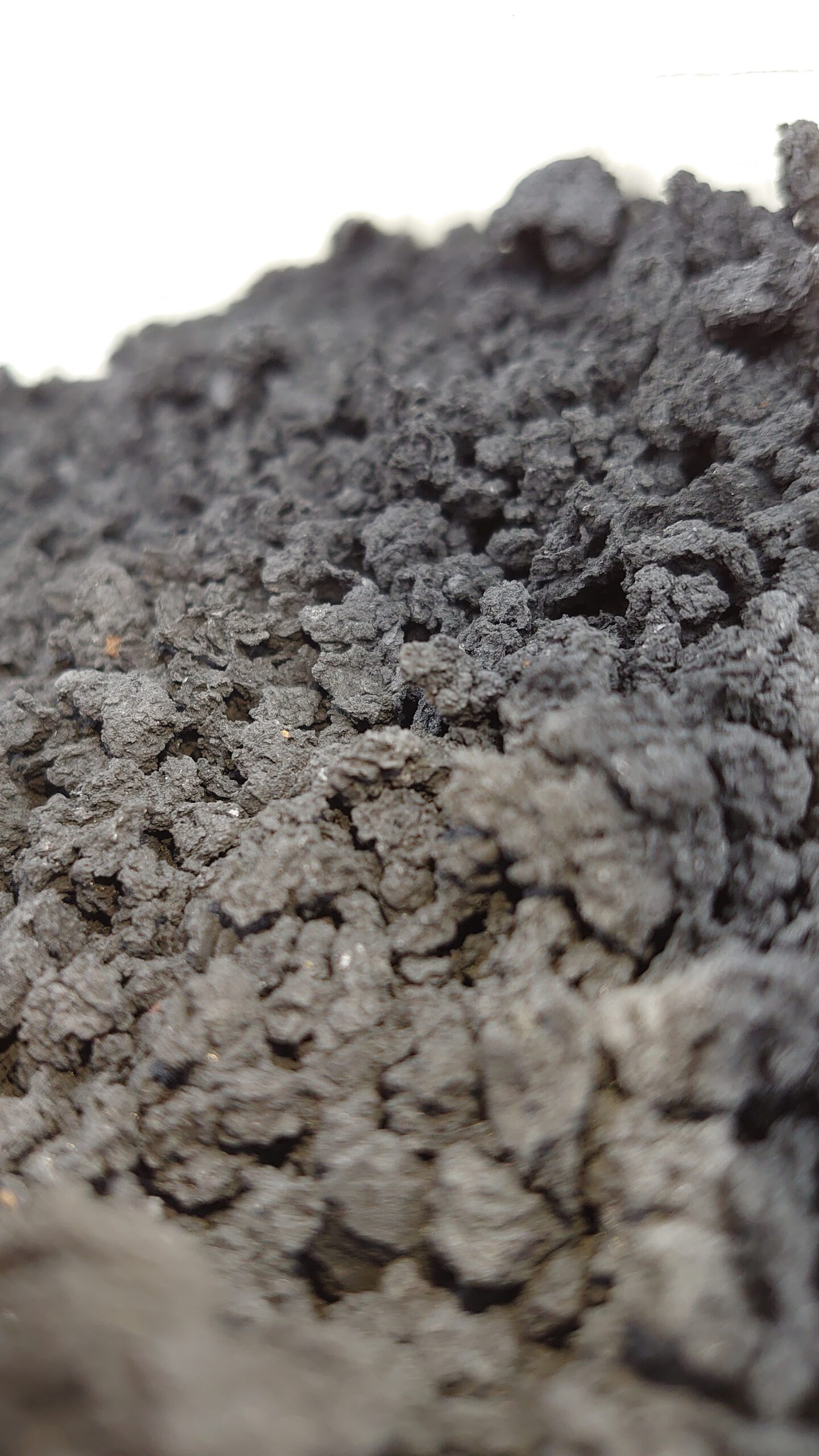
From burning trash to recycling nutrients
08 October 2025
Pyrolysis can be compared to baking. That is my main lesson from talking with Dr. Ann-Mari Fransson at Linnaeus University, when asking her about her research on biochar for CiNURGi. You put something in an oven and bake it at certain temperatures to get a product, in this case char. It is obviously a bit more complicated than that, but it helps explain the variables at play when talking about biochar. Biochar is made from burning biomasses. In the case of the samples Dr Fransson is working with, the biomasses come from sewage sludge. Sewage sludge contains phosphorus, which is an important nutrient in fertilizers. Sludge biochar has potential as a fertilizer, which is why it is on the CiNURGi radar for recycled nutrient fertilizers. These recycled nutrient fertilizers are central to CiNURGi’s goal of reducing reliance on mineral fertilizers.
Research (von Bahr et al., 2017; Grundestam et al., 2020) has indicated that the use of biochar has a better impact on climate than spreading sewage sludge directly from the wastewater treatment plants onto fields. Biochar contains fewer heavy metals and causes less acidification and eutrophication of the soil. The spreading of sludge onto fields is outlawed in some states in the Baltic Sea Region, but it is allowed in Sweden.
Dr Fransson is testing biochar samples from Ellinge. Ellinge wastewater treatment plant in Sweden is a place for experimentation, home to Project Testbädd Ellinge coordinated by VA Syd, a project partner in CiNURGi. The pyrolysis establishment at Ellinge has been in operation only since the beginning of 2025. The goal at Ellinge is to develop pyrolysis and nutrient recycling, through offering support for Swedish wastewater treatment plants to find an alternative solution for sustainable sludge management. Ellinge collaborates with 30 wastewater treatment plants, all interested in exploring the opportunity to have their sludge tested for its potential for nutrient recovery and energy production. Pyrolysis, in this case the burning of sludge creates gases that turn into energy while the remaining char is responsible for nutrient recovery. The wastewater treatment plants partnering with Ellinge are leaning into a more circular approach to waste management and energy production, but to proceed to investments they need to know if their sludge has potential for making a good sludge biochar.
Ellinge receives sludge from partner wastewater treatment plants a few times a month, and it is dried before it is burned. The entire process can be slow, and at Ellinge they have had technical challenges with running the facility. The challenges are related to running an anaerobic burning oven at hundreds of degrees for hours. But this is all part of the mission at Ellinge, developing the processes and gaining know-how of pyrolysis.
What Ellinge has taught us is that when it comes to recycled nutrient fertilizers, not all sludge is created equal. With sludge coming in from 30 difference wastewater treatment plants, it is obvious that the sludge from different wastewater treatment plants gives different outcomes in pyrolysis. Returning to the baking analogy Ellinge exemplifies how the feedstock (i.e. the sludge) matters, the temperature in which the sludge is burnt matters, as do the chemicals added to extract the phosphorus in the wastewater treatment processes. Dr Fransson has been conducting laboratory analysis on the biochar samples to determine how available the phosphorus is and even proceeded to testing it on potted plants. In CiNURGi we hope that the research on sludge biochar will encourage further investments in circular economy and recycled nutrient fertilizers.







